Palmetto Bluff Real Estate Company Sales Office
Office Hours
Monday-Friday 9am - 5pm
Saturday 9am - 4pm
Sunday 12 - 4pm
Saturday 9am - 4pm
Sunday 12 - 4pm
You never forget your first successful deer hunt. Never. I remember every detail of mine. The story is not unique in any way. Hell, I’d bet the majority of hunters share a similar memory. It was a cold morning. Halloween. Daddy woke me up early. We threw on our camouflage, grabbed rifles, and headed for the box stand on the edge of a small, peanut-shaped food plot near the Ocmulgee River in Dodge County, Georgia. I was too short to see out of the blind, but we had a plan. If Dad saw something, he would reach over and tap on my knee to snap me out of whatever strange rabbit hole of thought I had slipped into. (Three hours in a box will take you places.) When the tap occurred, I had my doubts because he had jokingly tapped many times throughout the season. He undoubtedly got a kick from watching me perk up and fidget as my adrenaline and nerves began to take over. He wasn’t kidding this time. When I looked up at him, his eyes were wide and locked on something still hidden from my view. He was pointing with his right hand in subtle motions to our 2 o’clock. I slowly rose from my seat and peered through the shooting slot on the blind, and there she was. A doe. My muscles tensed and shook. My breathing became rapid and shallow. I raised the rifle, found her in the scope, collected myself, took off the safety, and I did what hunters do.
In my young mind, that first deer was a status symbol. I had done it. I was a man. I was a bonified, self-reliant, meat-eating savage! If you would have seen me fighting a bear, you ought to help the bear. I was 10 and I was damn proud.
Time raced ever forward. I got older and my outlook on things changed. I still hunt, but my motivations and tactics are far removed from those of my younger self. These days, I enter the woods with one thing on my mind. It is not the adrenaline rush. It is not the bragging rights. It is not the chance for a big ol’ wall-hanger. It’s meat! Meat is the motivation. Lean, red, organic, delicious meat. All of the preparatory labors like planting food plots, moving and cleaning out deer stands, late-night spotlight surveys, placing and checking trail cameras, and off-season obsessing is conducted with the smells and sounds of sizzling meat in mind. Everything, from shot placement to animal selection, revolves around what I envision on a plate. My “trophy” is not an impressive set of antlers. (They don’t taste very good.) My “trophy” is a medium-rare backstrap.
White-tail deer meat (and wild game in general) is second to none in my mind. Yes, I love a beef ribeye, pork ribs, smoked BBQ chicken, and all that farm-raised yummy goodness. I cook and enjoy it frequently. And yes, I do realize that farm-raised livestock feeds millions and millions of people every day, BUT… allow me to climb upon my trusty soap box for a moment. Almost no one knows where their ribeye came from. Where did it come from in the world? What farm? Who is the farmer? What did the cow eat? Was it in good health? How did it come to be in this neatly packaged product before me? What part of the cow is the ribeye anyway? Joel Salatin, an author, and farmer, was recently quoted saying, “The average fast food burger contains meat from up to 600 different cows.” You may already know where I’m going with this. Consumption of farm raised meat has led to an extreme detachment from the food on our plates. There, I said it. When I pull a piece of venison out of the freezer, I know the answers to those questions. I know the deer because I chose it. I know where it came from; I was there. I know what it ate and how it lived, because I had a hand in the process. I know it is organic, free-ranging, cage-free, and not genetically altered.
Not only is hunting for game meat a more personal way of protein procurement, it can also be handled and prepared in more personal ways. By breaking down and processing your animal, you are given the freedom to select your own cuts. Sure, ground meat and sausage are great for quick recipes like burgers, spaghetti, and chili. This is, by far, the most common usage of deer meat, but how about something really freaking good? How about some venison shanks (the lower part of the legs) braised for hours in a rich broth then laid over a bowl of cheese grits? How about thick-cut, seared sirloin steaks with turnips and pickled radishes from the food plot? How about a deer heart cut into strips and deep fried with the most American of all side dishes, the fried tater? How about smoked shoulder pulled apart then folded into an empanada and covered in fresh salsa? The possibilities are delectably endless. Producing food in this way has a tendency to create the warm and fuzzies. From start to finish, your hands have done it all. Kill, clean, cut, cook. I assure you: food tastes better when there are feelings and work involved.
Just in case the point has been missed: I love wild game meat, hunting, Palmetto Bluff, and my Dad. The 10-year-old version of myself didn’t realize it at the time, and maybe Daddy didn’t realize it either, but those precious hours spent together in the deer woods would forever change my life. It was impactful. It shaped me. It sent me down a path that led me to becoming a Land & Wildlife Manager. It influenced the words I’m writing at this very moment. It influences me at dinner time. I am deeply grateful that he took the time and made the effort to get me out there. I am grateful to live in a country and work at a special place that has abundant wild game. A place where I am one of a few who gets to work in the wild and help produce something incredible.
And I am grateful for deep-fried deer hearts.
Sidebar info:
Conservation, boiled down to just a few words, is the maximization of natural resources to be utilized and enjoyed by humans. With this guiding principle in mind, the Palmetto Bluff Conservancy actively manages deer and hog herds with traditional hunting practices. Without hunting, deer and hog herds would quickly exceed the land’s carrying capacity which would result in a nutrient-starved ecosystem. Simply stated, fewer individuals within a herd results in a larger amount of resources per individual.
Ecological benefits aside, hunting fills freezers. Every year, the Conservancy donates an average of 1,100 lbs. of organic, lean, hormone, and filler-free ground venison to charitable organizations across Beaufort County.
%GALLERY%
Photography courtesy of Justin Hardy
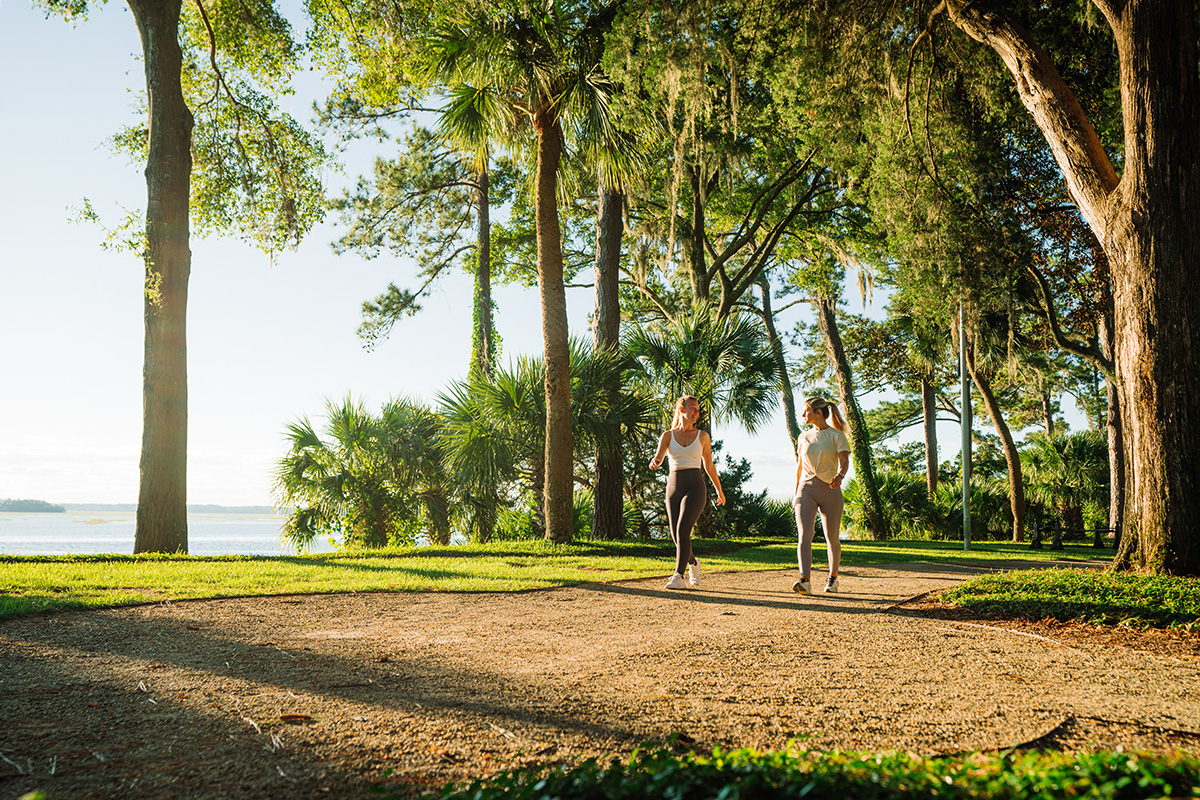
Before you let your New Year’s resolutions quietly fade, remember this: there are still eleven months ahead. Plenty of time. Plenty of possibilities. This year offers a different approach—one inspired by connection and support. At Palmetto Bluff, you’re sur...
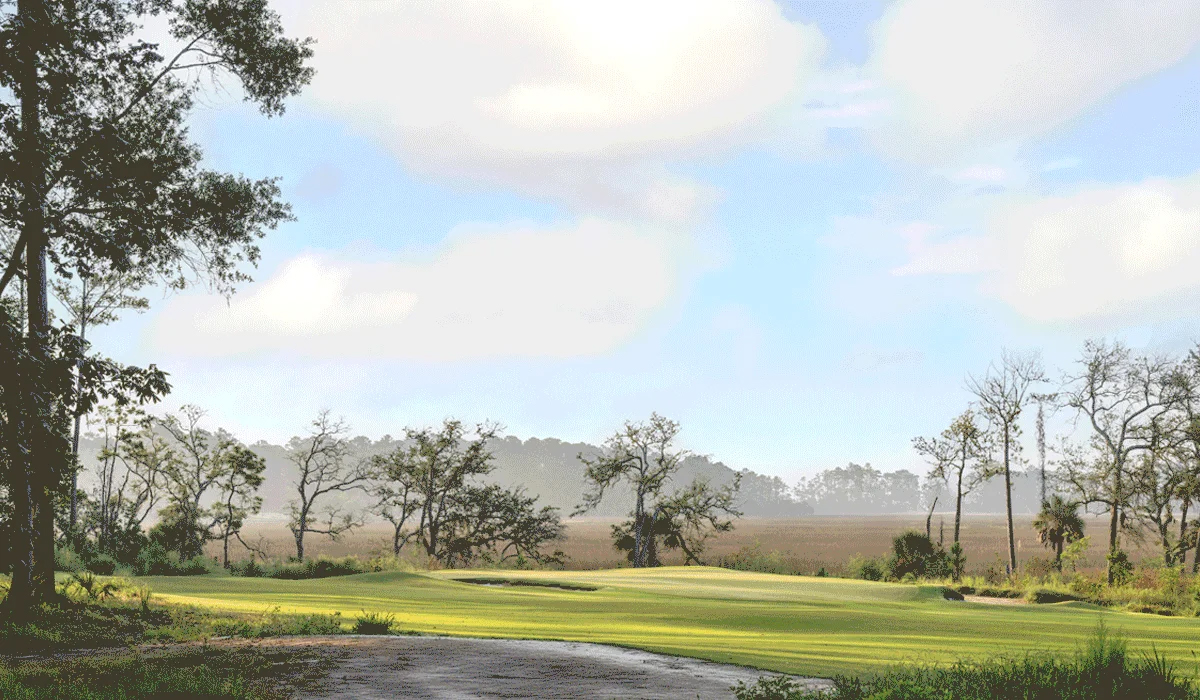
The newest golf experience at Palmetto Bluff is already drawing rave reviews. As the third pillar of golf experience at Palmetto Bluff, Anson Point brings with it a certain lofty set of expectations. After all, it’s hard to follow something like May River G...
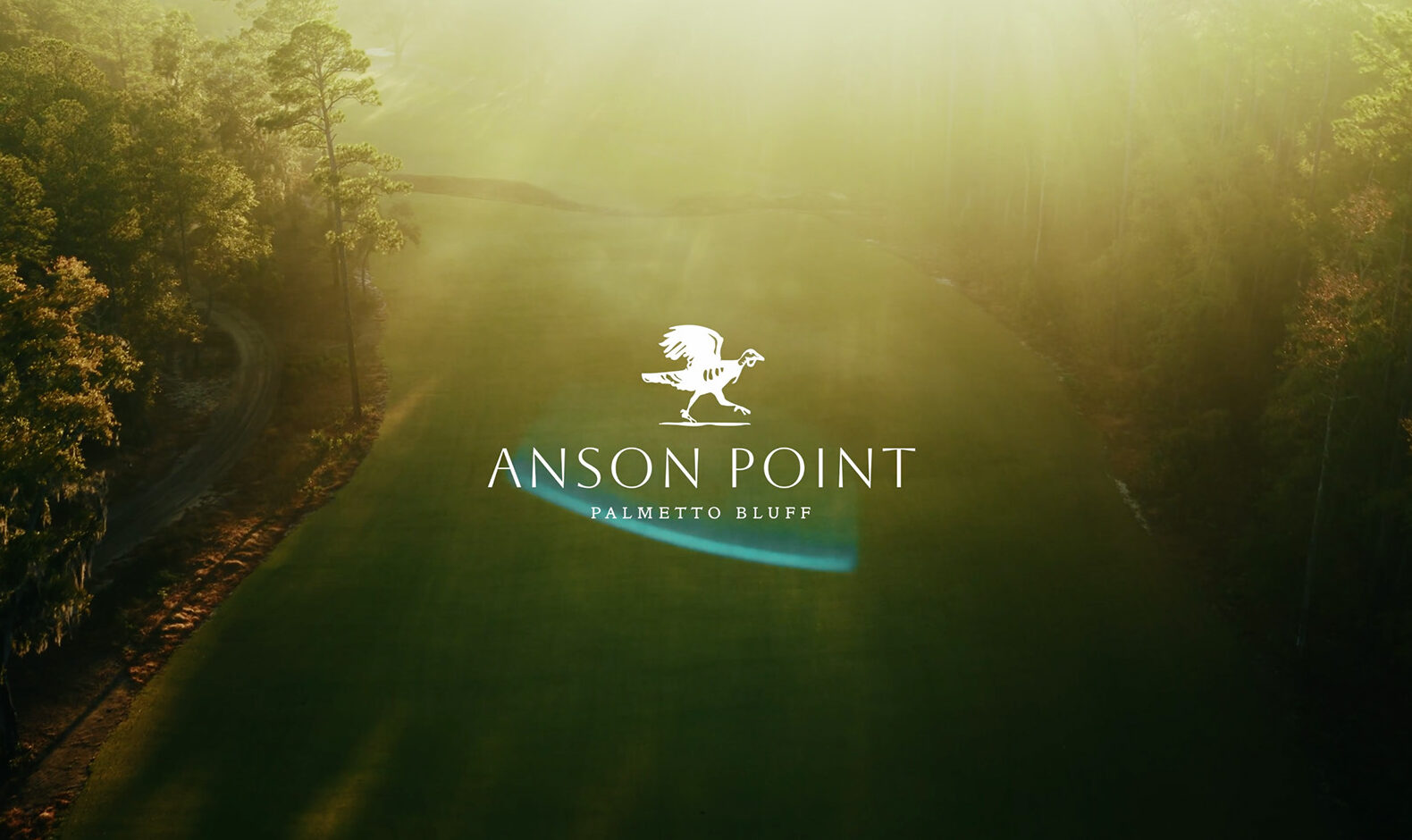
“It's the thrill of being involved in the creation, and it’s the gratification of watching that creation evolve in the manner which you’d hoped”.Bill Coore, Coore & Crenshaw Golf Course Architectshttps://vimeo.com/1155713833?share=copy&fl=sv&fe=c...

From punchy pastels to saturated jewel tones, color is breaking free of its neutral confines. In these artful Lowcountry homes, design becomes a joyful expression of personality and place.Story by Barry Kaufman / Photographs by Kelli Boyd and Nicole CohenInter...

Inside the New Palmetto Bluff Club Fitness Center, Reformer Pilates Studio, and What Wellness Really Means Kendra Till's journey to Palmetto Bluff wasn't exactly a straight line. After growing up in Iowa and attending the University of South Carolina, her a...

Palmetto Bluff Real Estate: Why Winter is the Best Time to Buy Your Lowcountry Home There’s something about winter in the Lowcountry that reveals the true beauty of what life at Palmetto Bluff truly feels like. Century-old live oaks strung with lights cast ...
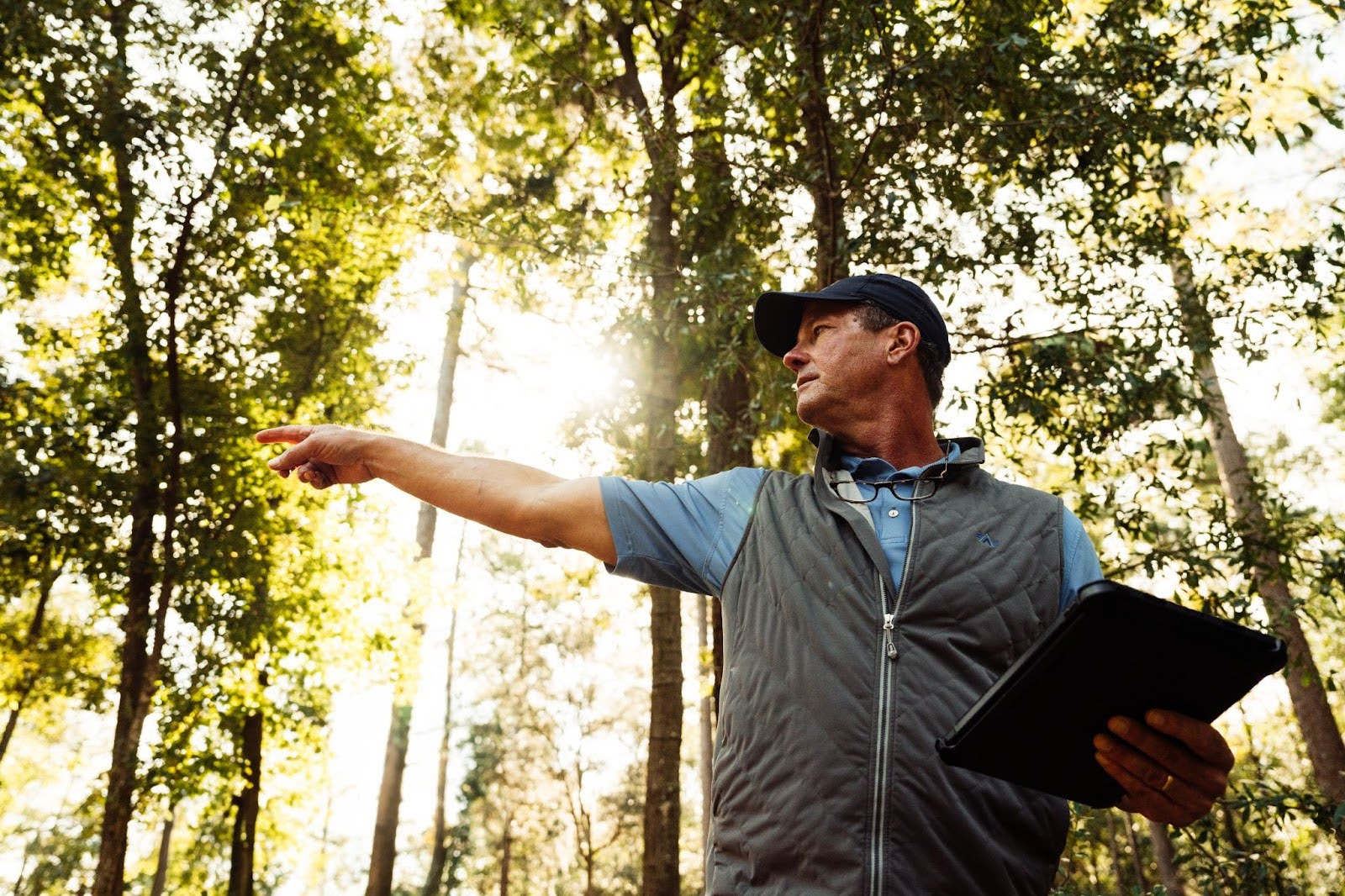
Anson Point Golf Course at Palmetto Bluff: A Coore & Crenshaw Nature-Forward Design Meet Palmetto Bluff’s Vice President of Development, Will Howard, a Georgia native who found his home in Bluffton over 20 years ago. As VP of Development, Will has a wide...
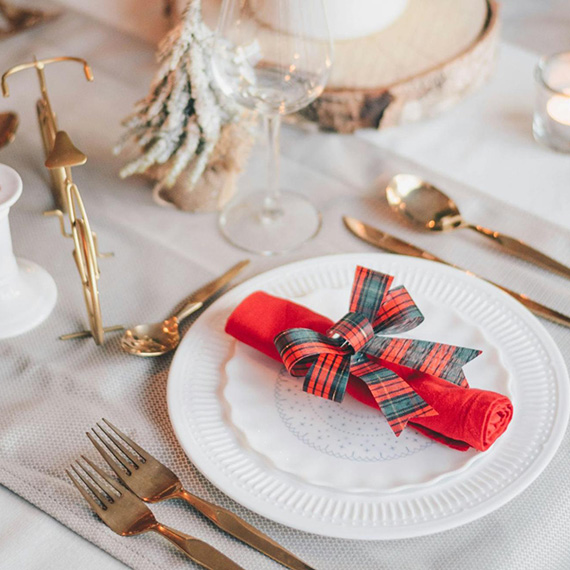
Warm, fragrant, and deeply comforting, Chef Beth’s Southern Sausage & Sage Stuffing is a holiday classic that brings together rich pork sausage, fresh herbs, and toasted bread for the ultimate savory side dish. Studded with green apples and aromatic vegeta...
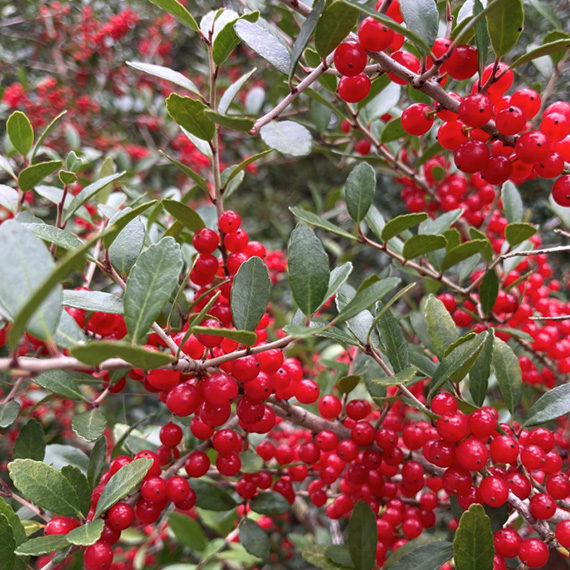
As December settles over Palmetto Bluff, it brings softer light, cooler mornings, and the natural beauty of native evergreens and winter berries that define the Lowcountry landscape. Palmetto Bluff Conservancy’s Education and Outreach Manager, Aaron Palmieri, ...

In 2025, Palmetto Bluff welcomed new neighbors and old friends, groundbreakings, and long-awaited openings. From inspired Club gatherings and elevated programming to the creation of our latest golf course, the year was defined by connection and excitement for ...
We do not attempt to independently verify the currency, completeness, accuracy or authenticity of the data contained herein. All area measurements and calculations are approximate and should be independently verified. Data may be subject to transcription and transmission errors. Accordingly, the data is provided on an “as is” “as available” basis only and may not reflect all real estate activity in the market”. © [2023] REsides, Inc. All rights reserved. Certain information contained herein is derived from information, which is the licensed property of, and copyrighted by, REsides, Inc.